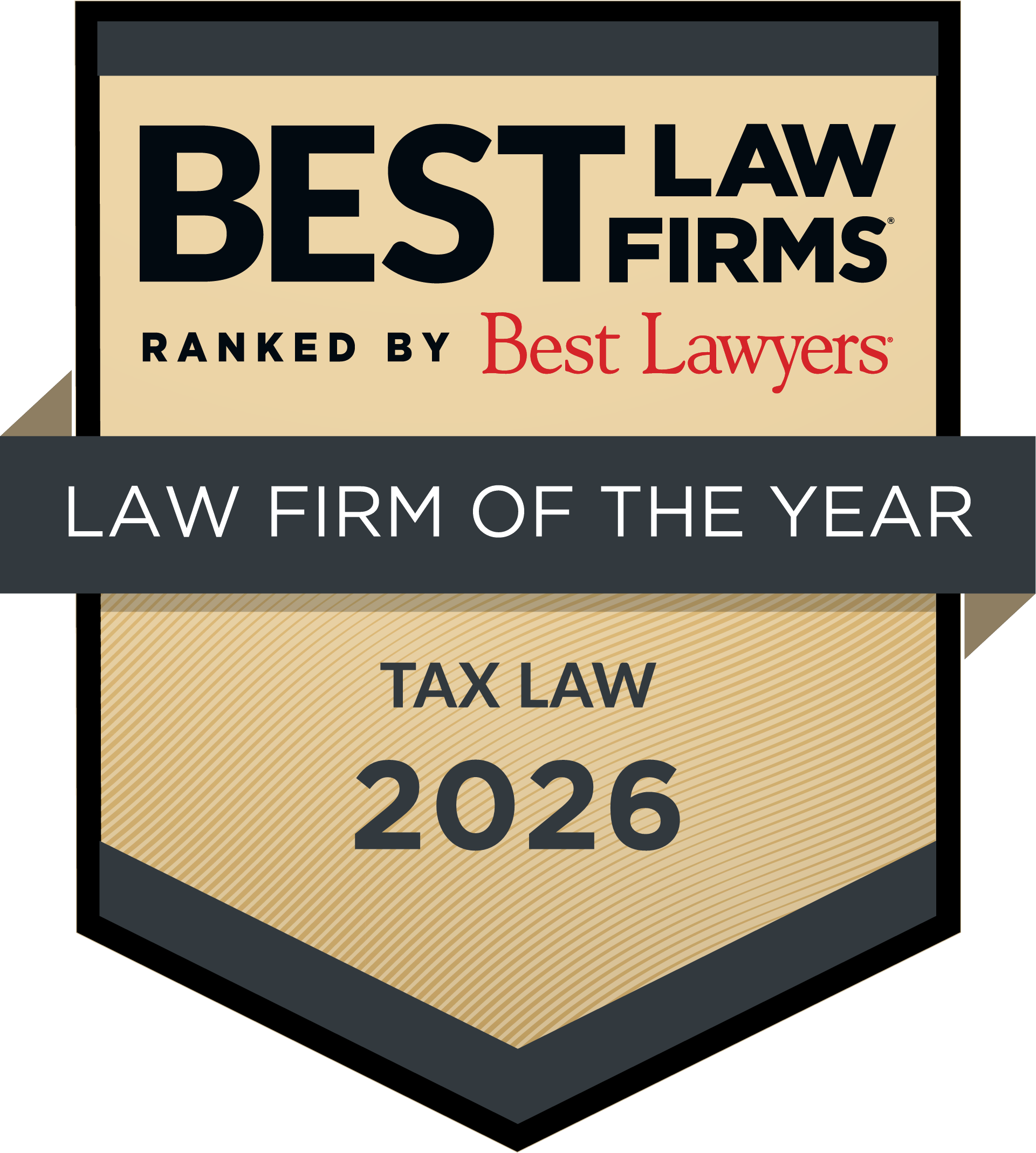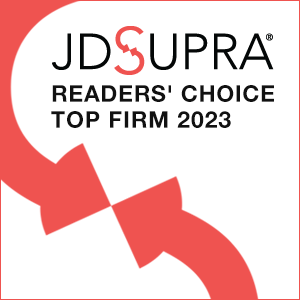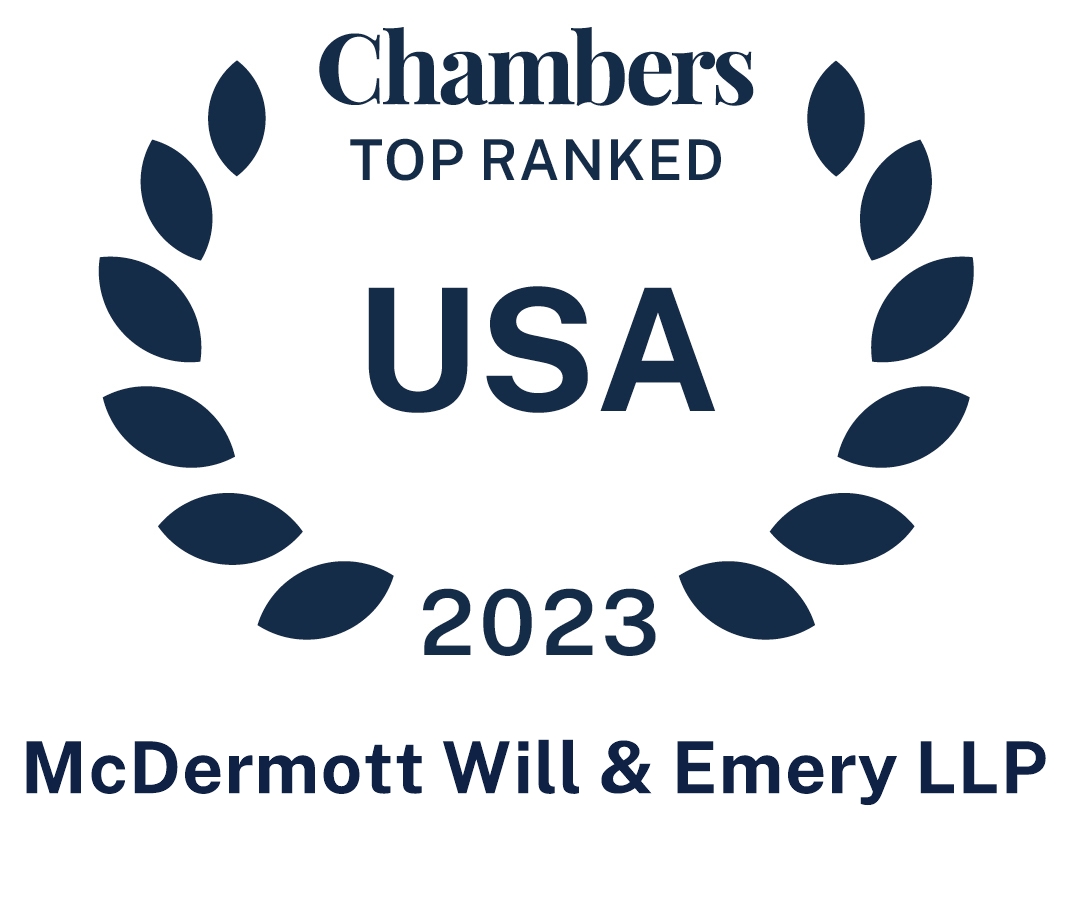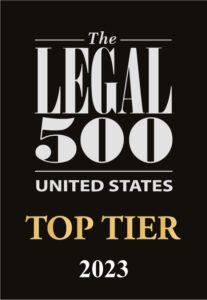Yesterday, a legislative conference committee was appointed to approve an already agreed-upon $1.3 billion revenue package, which was immediately approved by both the House (116-75) and Senate (28-22) and sent to Governor Wolf for approval. The governor subsequently issued a press release confirming that he “will sign this revenue package.” A copy of the conference committee report (in full) that passed is available here.
The final revenue package includes (among a host of other revenue raising changes) a new tax on digital content and services, as described in more detail below. Specifically, the expansion captures most (if not all) digital goods within the sales and use tax imposition by defining them as tangible personal property. A number of digital services are also captured in the broadly defined language. (more…)
read more



 Subscribe
Subscribe



